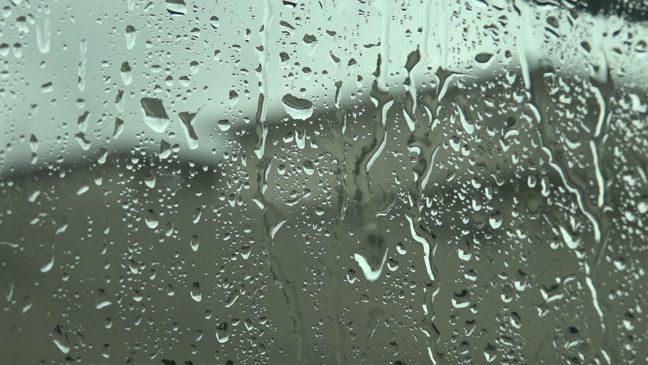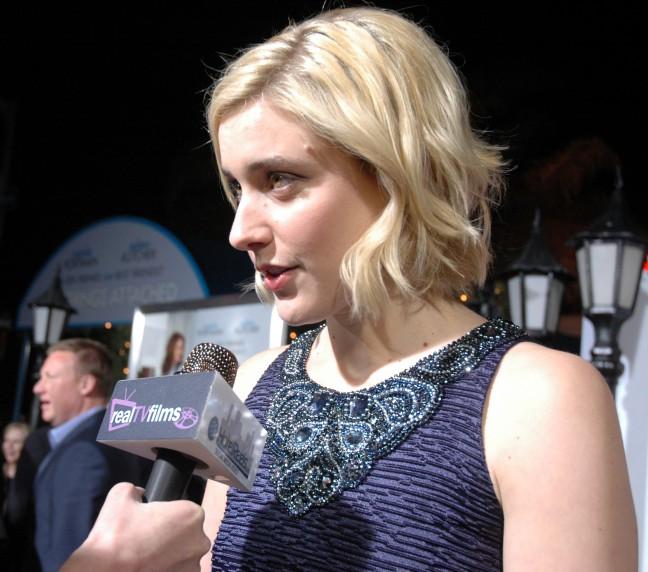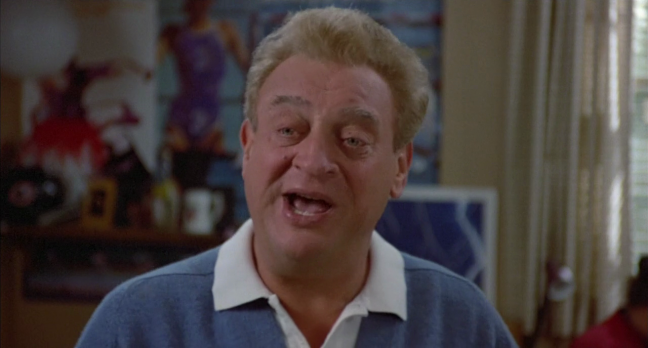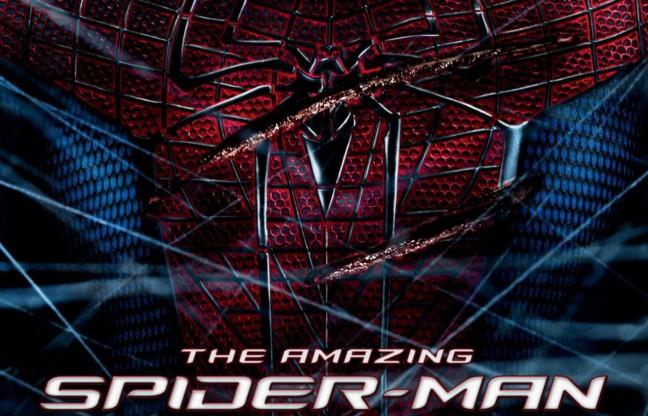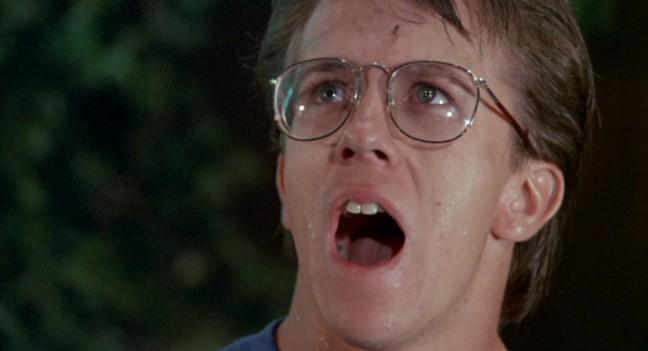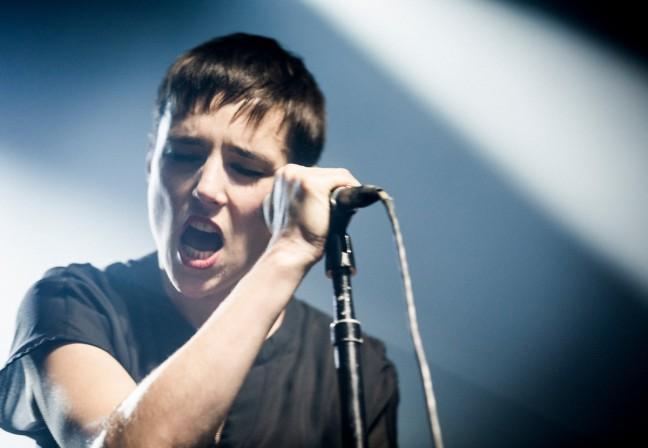In case you haven’t noticed, there’s a new convention in both indie and big-budgeted films. It’s the emergence of a certain character with certain traits. These characters, however layered, all possess the characteristic of being “quirky.”
I didn’t know how best to define “quirky” until I visited the website Urban Dictionary, which defined it as “something that is strange but cool.” That’s exactly how I envision studios see the word too. “Quirky” is something unrecognizable, yet a quirky character is cool, relatable and funny. These characters are increasingly emerging in film, and more often this trait is garbled thanks to studio intervention and scriptwriter’s inability to understand the hollowness of ill-defined quirkiness.
That’s not to say that quirky characters don’t work or have only emerged as of late. Quirky characters have always been used, stock or otherwise, to drive a plot, relate to an audience or hold their own in lead roles. One of my favorite films is “Am?lie,” a French film about an eccentric young woman who tries to break through the walls of social convention around her in order to relate better to strangers and friends alike. This film is one of the best examples of quirk done right, not only because director Jean-Pierre Jeunet knows how to add meaning to quirk or avoid exploitation of Am?lie’s character’s “coolness,” but because her character traits are only a fraction of her innate beauty.
I wanted to use that film as an example because it shows that quirky characters can have a broad personality and still keep an audience’s attention. Other great films where this is true include “(500) Days of Summer” and “Punch-Drunk Love.” Both films include a set of events that test the protagonist’s resolve to remain candid but feature quirky, fully-realized characters. Instances in which films fail usually happen when someone in the creative process decides their character is going to be quirky, and that’s the basis for their personality. These characters usually just do something quirky, like play the ukulele, quote obscure literature or film and dress like a ’50s kewpie doll. This is best exhibited by actress Zooey Deschanel, who has been making her mark lately as the eccentric teacher Jess on TV’s “New Girl.” I do agree her persona is fueling the fire when it comes to these stereotypical indie characters, but Jess is at least interesting and plausibly strange and awkward.
The worst of these stereotypical characters was named by film critic Michael Rabin, who dubbed them the Manic Pixie Dream Girl. This character is described as a bubbly yet shallow young woman supplanted into films in order to show brooding young men that they need to embrace life. I had never attached the moniker of quirky to these characters before, but they both exhibit the same tendencies, though only one actually serves a particular purpose. The earliest examples of this term include Katharine Hepburn’s character in “Bringing Up Baby,” Audrey Hepburn as Holly Golightly in “Breakfast at Tiffany’s” and Barbara Stanwyck in “The Lady Eve.” There often aren’t any examples of men being categorized in this way, because when women are exhibited as dark and brooding it tends to make them seem unattractive to an audience, or so we are led to believe by the cadre of films that utilize this concept.
Quirky is losing its broad appeal as of late thanks to a stereotype of what quirky has to be. It is more and more being narrowly defined as being a female friendly character with a very distinct look, way of speaking and a sensitive, childish appeal. Screenwriters argue the reason these characters should be admired is because they’re kooky, placed above normal characters thanks to their eccentricities. I find the best comparison I can make is to the hipster culture, which receives a lot of criticism simply because those in it often find their lifestyle and preferences to be better than everyone else’s. There’s a pretension and criticism to quirkiness, and that’s the main reason many are rubbed the wrong way. Also, the characters representing quirky are often hollow people without any goal except attracting the opposite sex.
This is especially running rampant in indie films. This was brought to my attention when Whit Stillman released his first critically-acclaimed film in twenty years, “Damsels in Distress.” Unlike his earlier film “Metropolitan,” there is a lack of acerbic wit, criticism or an internal struggle for the quirky hero. Instead, Greta Gerwig and her counterparts learn to tap dance to stave off depression, dress like debutantes and express their emotions in snippets of queer conversation. These women and men alike are being used without consideration as to why they exist. Already the term quirky is getting a bad rep, and pretty soon the entire persona is going to fade out with its overexposure. I challenge those who write these characters to do so with care, before they become extinct altogether.







